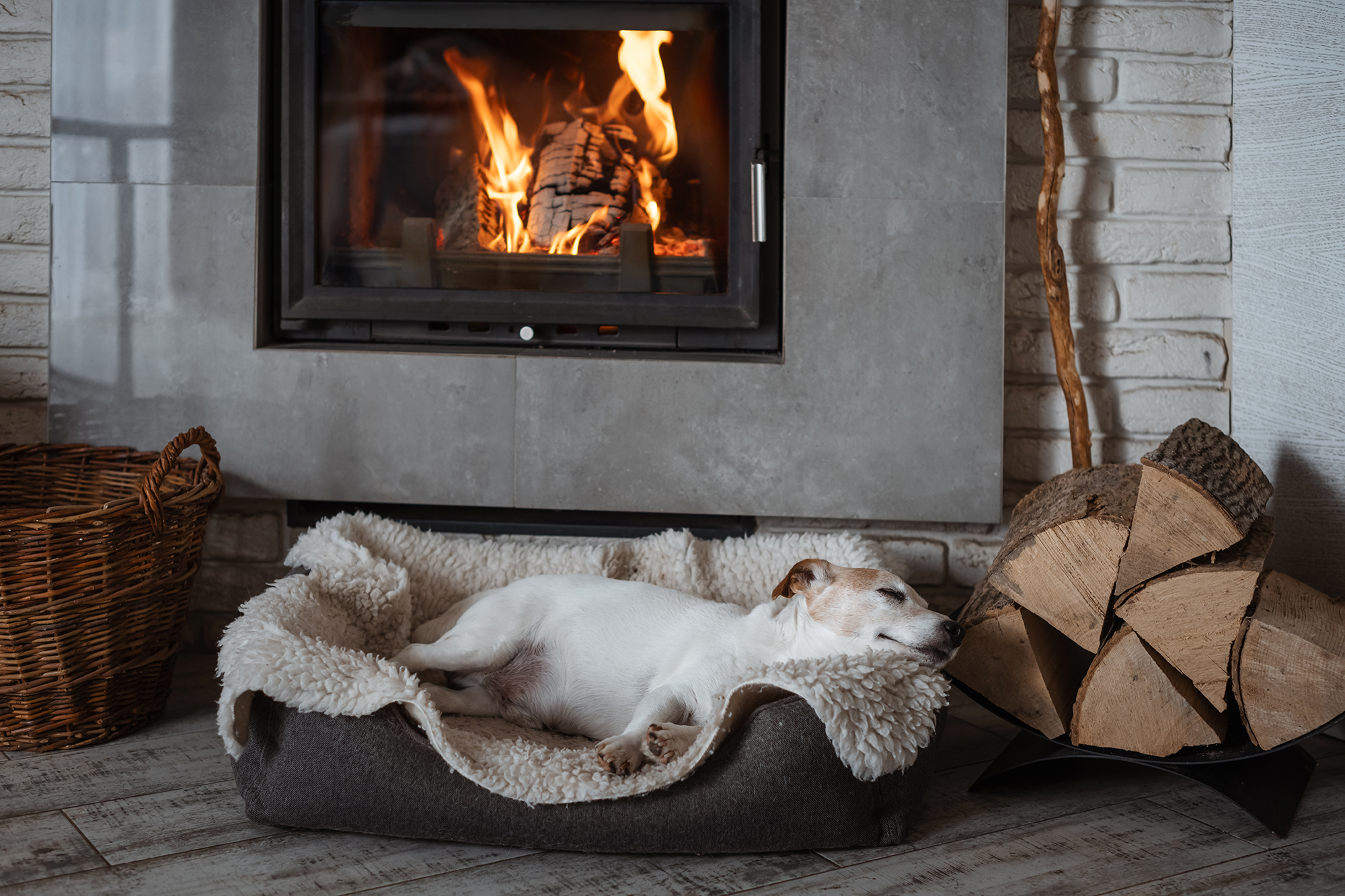A dog harness is a game-changer for many pet owners, offering benefits that make it a preferred choice over traditional collars. Whether you’re training a puppy, walking an excitable dog, or simply focused on your furry friend’s comfort and safety, dog harnesses cater to a variety of needs.
Benefits of a Dog Harness
Improved Control for Better Walks
Dog harnesses distribute pressure evenly across your pet’s chest, giving you better control during walks or training sessions. This is especially beneficial for dogs that tend to pull, as harnesses discourage pulling without causing discomfort or harm.
Protects Against Neck Injuries
Unlike collars, harnesses avoid putting strain on your dog’s neck and throat. This makes them an excellent choice for breeds prone to respiratory issues, such as Pugs and French Bulldogs, or dogs recovering from injuries.
Reduces Risk of Escaping
For escape artists, harnesses offer a more secure option compared to collars. With a properly fitted harness, it’s harder for your dog to wiggle free during walks.
Great for Training Puppies
Harnesses are ideal for young puppies learning to walk on a leash. They provide better control and reduce the chance of injury while teaching leash manners.
Tips for Choosing the Right Dog Harness
Consider Your Dog’s Size and Breed
Dogs come in all shapes and sizes, so it’s crucial to select a harness tailored to their needs. Breeds with broad chests, like Boxers, may require adjustable harnesses, while smaller breeds might be more comfortable in lightweight, padded options.
Decide on the Harness Type
There are multiple types of harnesses, such as step-in, over-the-head, and no-pull harnesses. No-pull options are excellent for energetic dogs, while step-in harnesses work well for pets who dislike having something slipped over their head.
Focus on Materials and Comfort
Choose a harness with durable yet comfortable materials, like nylon or padded mesh. Check for adjustable straps to ensure a snug, friction-free fit without causing irritation.
Fitting and Using a Dog Harness
Measure Before Purchasing
Take accurate measurements of your dog’s chest and neck to avoid buying a harness that’s too tight or too loose.
Adjust for a Proper Fit
When fitting a harness, ensure there’s enough room to slip two fingers between the harness and your pet’s body. This prevents both tightness and slipping.
Introduce It Gradually
Allow your dog to sniff and get used to the harness before putting it on. Reward good behavior with treats to create a positive association.
Conclusion
A dog harness is a thoughtful investment that prioritizes your pet’s safety, comfort, and training. By choosing the right type for your dog’s size and breed and ensuring a proper fit, you’ll make walks more enjoyable for both of you. Whether it’s for training, everyday strolls, or added security, a well-fitted dog harness is a reliable tool that enhances your dog’s well-being. Take the time to find the perfect one, and your furry friend will thank you with happier, stress-free outings!
